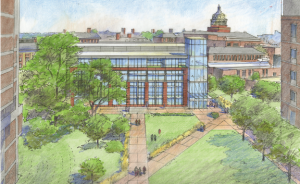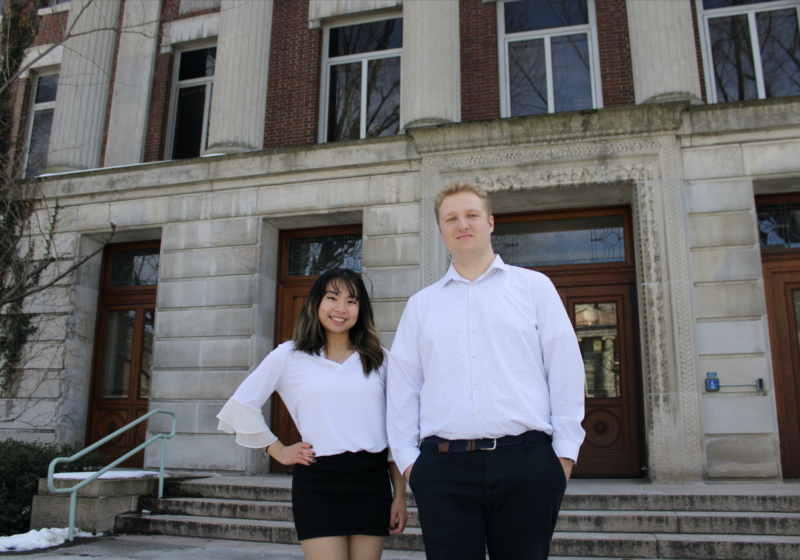In a strategic move to keep pace with the burgeoning field of data science, University President Joel Seligman committed an additional $50 million to expanding the University’s resources in this area last Friday.
The announcement included details of how this funding will be appropriated: UR plans to create an Institute for Data Science with a new facility to house it and up to 20 new faculty members to support it.
With the $50 million recently committed to data science, the University expands its financial support for the discipline, pushing its total funding to $100 million.
Data science is an interdisciplinary field that pulls from mathematics, statistics, pattern recognition, and modeling. UR’s plan for the Institute of Data Science is pinned on three main pillars: predictive health analysis, cognitive systems, and artificial intelligence and analytics.
Last fall, UR’s Health Sciences Center for Computational Innovation (HSCCI) installed the first IBM supercomputer in the nation dedicated to health sciences called Blue Gene/Q. The hope is that this machine will be one of the many resources that UR and the HSCCI have in their arsenal to complement this new initiative, Seligman said.
“The HSCCI is intimately involved in the development of the Institute for Data Sciences, and will be an integral part of [it],” HSCCI Executive Director David Topham said. “High performance computing is the technological glue that binds various domains of big data collection, storage, processing, and analytics. We see the HSCCI as providing some of the needed computing technologies and also being the foundation of health sciences research within the institute.”
Since cognitive systems and artificial intelligence represent a primary goal of the institute, the Department of Brain & Cognitive Sciences (BCS) can expect to get a boost, according to department chair Greg DeAngelis.
“I think the data science initiative can enhance, if not revolutionize, research in BCS,” DeAngelis said. “The brain is perhaps the ultimate big data problem. We have billions of neurons making trillions of connections with each other, generating vast volumes of data regarding the structure and function of the brain, in both humans and animals. We need data scientists who can develop new techniques for mining this data to discover the underlying patterns that will give us new insights into how information is processed in the brain.”
This new commitment to data science is not an indicator that UR never previously held a footing in this field, however. Rather, the institutionalization of this academic discipline is an effort to centralize the existing resources that are dispersed throughout different departments, making it easier to share ideas and connect with other researchers. The new faculty that will help bring these components together will be recruited from fields ranging from biostatistics to political science. In addition to strengthening the University’s expertise in the field of data science, the institute is meant to also act as a resource for local companies such as Xerox and IBM through collaboration.
This commitment was made as part of Seligman’s opening statement at the 2013 Rochester Big Data Forum last week and, according to Seligman, is a top priority for UR over the next five years.
Sklar is a member of the class of 2014.






